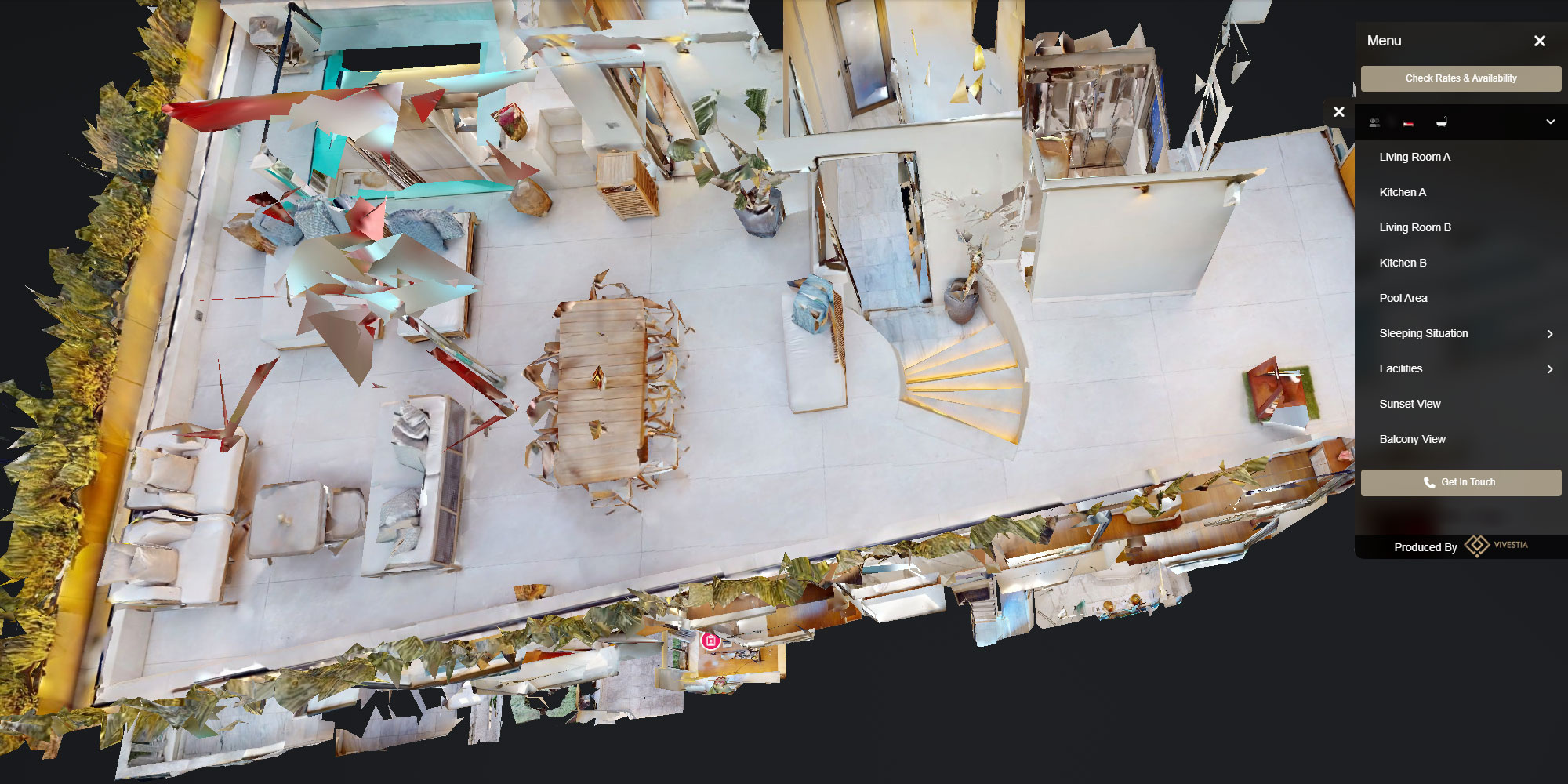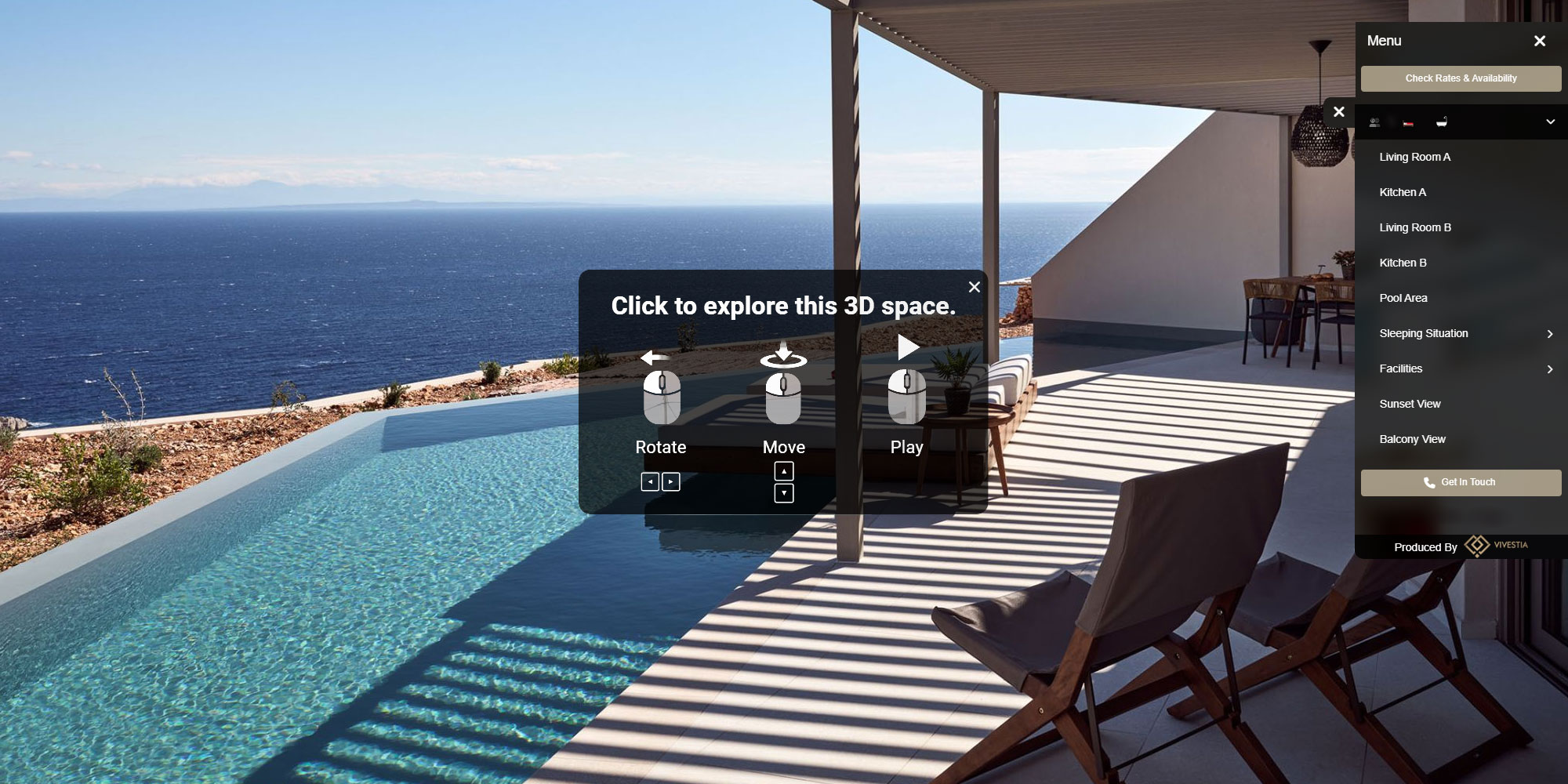Last Updated on 22/11/2023 by Manolis Maragkoudakis
Unveiling the Magic of Immersive View

Welcome to a new dimension of reality, where the line between imagination and existence blur and you become the creator of your world. Immersive View is here to blow your mind with its magic! As a storytelling tool and a virtual experience, Immersive View adds a whole new dimension to entertainment and education alike. In cooperation with our vision to create awe-inspiring experiences, our brand incorporates immersive technology to take the user to a whole new level.
Imagine diving into a world where everything feels real, where the sights, smells, and sounds transport you to another world. The technology uses Virtual Reality (VR) and Augmented Reality (AR) to create a real-life experience in a virtual space. From education, gaming, tourism, and healthcare, the possibilities of immersion technology are endless! In this article, we will take a deep dive into the different aspects of Immersive View and the endless possibilities of this virtual experience.
Understanding Immersive View Technology
Immersive View technology is a combination of Virtual Reality (VR) and Augmented Reality (AR). This technology allows users to experience a virtual world that feels real, without the need for physical presence in that world. VR uses a headset that covers the user’s eyes and blocks out the physical world, replacing it with a fully immersive, computer-generated environment.
AR, on the other hand, overlays digital content onto the real world, allowing users to interact with both the physical and digital world simultaneously. Immersive View technology creates a seamless experience that incorporates both VR and AR, allowing users to feel like they are part of a virtual world.
The technology works by using sensors and cameras to track the user’s movements and adjust the virtual environment accordingly. This creates a realistic and interactive experience that can be used for a variety of purposes, from entertainment to education and beyond. Immersive View technology is evolving rapidly and is becoming more accessible and affordable, making it easier for businesses and individuals to incorporate it into their work and leisure activities.
Benefits and Applications of Immersive View
Immersive View technology has a wide range of benefits and applications. From education to entertainment, it has the potential to transform the way we experience the world around us. One of the main benefits of Immersive View is its ability to create an immersive experience that feels real. This can be used for a variety of purposes, from virtual tours of historic sites to training simulations for emergency responders.
In the entertainment industry, Immersive View technology has been used to create immersive video games and virtual reality experiences. These experiences allow users to feel like they are part of the game or experience, creating a more engaging and memorable experience.
Immersive View technology is also being used in the healthcare industry, where it has been shown to be effective in reducing pain and anxiety in patients undergoing medical procedures.
Immersive View technology is also being used in the field of architecture and design. Architects and designers can use Immersive View to create virtual models of their designs, allowing clients to experience and interact with the designs before they are built. This saves time and money and ensures that the final product meets the client’s needs and expectations.
Immersive View in Entertainment and Gaming
Immersive View technology is transforming the entertainment industry, creating new possibilities for video games, movies, and other forms of entertainment. VR and AR technology have been used to create immersive video games that transport players to new worlds and allow them to interact with the environment in a way that was not possible before.
For example, in the game Beat Saber, players use VR technology to slash through a musical landscape with light sabers. The game creates a fully immersive experience that makes players feel like they are part of the game. Other games, such as Job Simulator and Vacation Simulator, use VR technology to create playful and interactive experiences that are both entertaining and engaging.
In addition to video games, Immersive View technology is also being used in the movie industry. VR technology can be used to create immersive movie experiences that allow viewers to feel like they are part of the movie. For example, the VR experience for the movie Ready Player One allows viewers to experience the virtual world of the movie in a fully immersive way.
Immersive View in Education and Training
Immersive View technology is transforming the way we learn and train for new skills. The technology allows for immersive simulations that can be used to train individuals for a variety of tasks, from operating heavy machinery to performing medical procedures.
For example, Immersive View technology is being used in medical training to simulate surgeries and other medical procedures. The technology allows medical students to practice procedures in a safe and controlled environment, reducing the risk of mistakes and improving patient outcomes.
Immersive View technology is also being used in the field of education. Virtual field trips can be created that allow students to visit historic sites and other locations without leaving the classroom. This creates a more engaging and memorable learning experience that can help students better understand and retain information.
Immersive View in Healthcare and Therapy
Immersive View technology is being used in the field of healthcare to help patients manage pain and anxiety. The technology can be used to create virtual environments that help patients relax and distract them from their pain.
For example, a patient undergoing a medical procedure can use Immersive View technology to transport themselves to a virtual beach or forest. The virtual environment can help the patient relax and reduce their anxiety, making the procedure less stressful and more manageable.
Immersive View technology is also being used in the field of therapy. The technology can be used to create virtual environments that help individuals with mental health conditions, such as anxiety and depression. The virtual environment can provide a safe and controlled space for individuals to practice coping skills and reduce their symptoms.
Immersive View in Architecture and Design
Immersive View technology is transforming the way architects and designers work. The technology allows for virtual models of buildings and other structures to be created, allowing clients to experience and interact with the designs before they are built.
This can save time and money and ensure that the final product meets the client’s needs and expectations. Immersive View technology can also be used to create virtual tours of buildings and structures, allowing individuals to experience the space before it is built.
Immersive View in Marketing and Advertising
Immersive View technology is also being used in the field of marketing and advertising. The technology can be used to create immersive and interactive experiences that engage consumers and create a lasting impression.
For example, a company could use Immersive View technology to create a virtual showroom that allows customers to experience their products in a fully immersive way. This could include virtual try-ons for clothing or virtual test-drives for cars.
Immersive View technology can also be used to create virtual events and experiences. For example, a company could create a virtual trade show that allows attendees to interact with virtual booths and products.
How to Create Immersive View Experiences
Creating immersive view experiences requires a combination of technical and creative skills. The first step is to determine the purpose and goals of the experience. This will guide the development of the virtual environment and the interactions that will take place within it.
The next step is to create the virtual environment itself. This involves using software to create a 3D model of the environment and adding textures, lighting, and other elements to make it feel realistic.
Finally, the experience must be programmed to respond to user interactions. This requires coding skills and an understanding of how the technology works.
Conclusion: The Future of Immersive View
Immersive View technology is still in its early stages, but it has the potential to transform the way we experience the world around us. From entertainment to education and beyond, the possibilities of Immersive View technology are endless.
As the technology becomes more accessible and affordable, we can expect to see it used in more industries and for more purposes. Immersive View technology has the potential to create more engaging and memorable experiences, improve training and education outcomes, and help individuals manage pain and anxiety.
The future of Immersive View technology is exciting, and we can’t wait to see what new possibilities it will unlock in the years to come.






Post Discussion